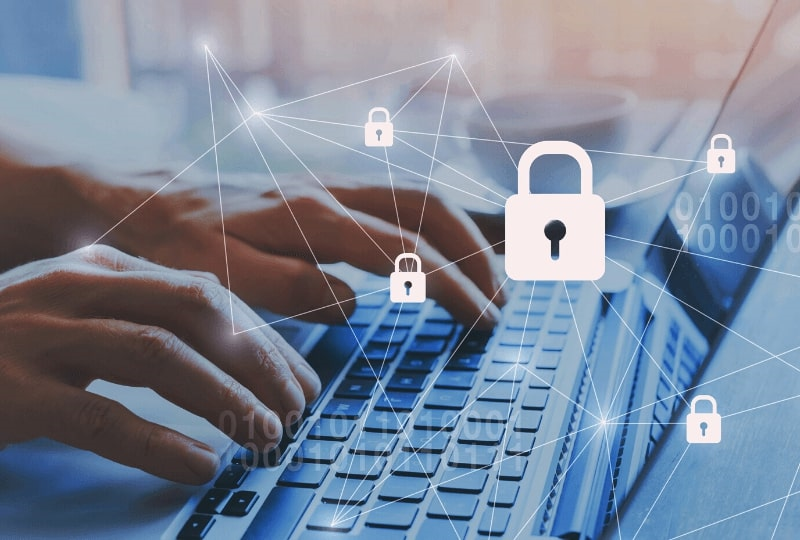
The fifth generation of wireless connectivity promises increased bandwidth, higher speeds and low latency. However, while the latest tech innovation continues to roll out after a decade of development, it brings with it a larger attack surface and new threats which could completely change the cybersecurity landscape.

The AT&T Cybersecurity Insights Report: Security at the Speed of 5G surveyed 704 cybersecurity professionals across North America, India, Australia and the UK to discover how prepared companies with over 500 employees were. The results showed that only 22% of respondents felt their current policies were ready to handle the new threats posed by 5G, while 72.5% rated their level of concern between ‘high’ and ‘medium-high’.
Many companies around the world are worried about the introduction of 5G, yet only 16% have already begun implementing new security changes to facilitate the increase in connectivity. Meanwhile, 73% claim their timeframe ranges from the next 6 months to 2 years, which could suggest cybersecurity professionals are monitoring 5Gs effect on the industry before committing to new security measures.
5G isn’t just increased speeds, it brings unique connectivity benefits to businesses around the world. It also features built-in security measures which can strengthen over-the-air encryption and subscriber identity protection alongside reducing the risk of eavesdropping.
In the report, AT&T shared its thoughts on how 5G can create a new security model:
“We believe that 5G will encourage a shared security model akin to the public cloud. The beauty of this is it shifts some security functions to the 5G service provider, freeing up enterprises from some concerns.”
However, they do recognise the model will require cybersecurity professionals to discover new approaches, it does shift some of the security function to 5G service providers, which could bring benefits to businesses. For example, with a more significant number of devices associated with 5G, there’s a greater emphasis on authentication and identity. This means service providers can assist with device identity as the network will have a physical location, turning the system itself into a security tool.
The report asked cybersecurity professionals what their biggest concerns were regarding the implementation of 5G. In total, 44% of respondents cited the larger attack surface caused by a massive increase in connectivity as their main worry, making it the most popular choice.
However, experts had a variety of concerns with the top 5 including:
- Larger attack surface due to the massive increase in connectivity (44%)
- Greater number of devices accessing the network (39%)
- IoT: Extension of security policy to new types of devices (36%)
- Authentication of a larger number and a wider variety of devices (33%)
- Insufficiency of perimeter defences (27%)
So, while 5G does have the potential to provide faster data speeds, increase device capacity and allow the adoption of the Internet of Things, there are plenty of new cybersecurity risks for experts to consider.
Currently, the industry suffers from a high volume of new attacks, meaning a more reactive approach must be taken. The introduction of 5G could see those taking a manual approach become stretched too thin. Instead, organisations will need to embrace cybersecurity plans which are dynamic and automated to quickly address the new issues appearing across the larger attack surface.
At Senitor, we’ve been working within the industry for over 20 years and have witnessed innovations like 5G rise and short-lived trends disappear. Our consultants know just how in-demand cybersecurity professionals are and with the landscape of threats only increasing, companies across the world are going to be contesting for the best talent.
So, whether you’re an employer looking for cybersecurity talent or a candidate wanting to embrace the challenge 5G is bringing, get in touch today and see how we can help.


